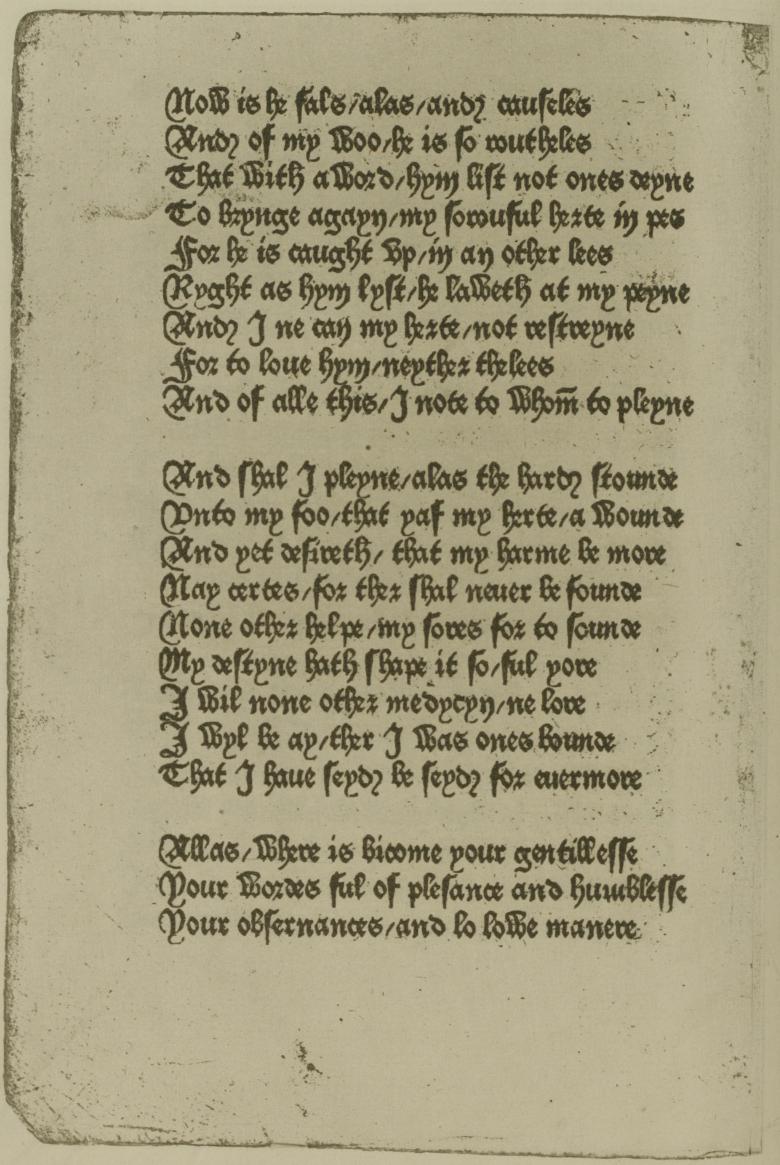|
Sammelband
Sammelband (; , plural Sammelbände, or Sammelbands, ),ALA ACLR RBMS BSC/ref> or sometimes nonce-volume, is a book comprising a number of separately printed or manuscriptBeal, Peter. ''A Dictionary of English Manuscript Terminology 1450–2000''. Oxford University Pressonline publication 2011 works that are subsequently bound together.Gillespie, Alexandra. Print Culture and the Medieval Author: Chaucer, Lydgate, and Their Books 1473–1557. Oxford English Monographs. Oxford: Oxford University Press, 2006. In the German language as used in science and humanities, Sammelband refers to an edited volume. Sammelbände and William Caxton William Caxton appeared to follow the established manuscript tradition of producing booklets or fascicles of individual works or groups of works that would later be bought together for a patron or buyer. Nearly forty of these tract volumes have been reconstructed from the evidence of now separately bound parts. They indicate the nature of early ... [...More Info...] [...Related Items...] OR: [Wikipedia] [Google] [Baidu] |
Tudor Dynasty
The House of Tudor was a royal house of largely Welsh and English origin that held the English throne from 1485 to 1603. They descended from the Tudors of Penmynydd and Catherine of France. Tudor monarchs ruled the Kingdom of England and its realms, including their ancestral Wales and the Lordship of Ireland (later the Kingdom of Ireland) for 118 years with six monarchs: Henry VII, Henry VIII, Edward VI, Jane Grey, Mary I and Elizabeth I. The Tudors succeeded the House of Plantagenet as rulers of the Kingdom of England, and were succeeded by the House of Stuart. The first Tudor monarch, Henry VII of England, descended through his mother from a legitimised branch of the English royal House of Lancaster, a cadet house of the Plantagenets. The Tudor family rose to power and started the Tudor period in the wake of the Wars of the Roses (1455–1487), which left the main House of Lancaster (with which the Tudors were aligned) extinct in the male line. Henry VII succeeded in ... [...More Info...] [...Related Items...] OR: [Wikipedia] [Google] [Baidu] |
The Canterbury Tales
''The Canterbury Tales'' ( enm, Tales of Caunterbury) is a collection of twenty-four stories that runs to over 17,000 lines written in Middle English by Geoffrey Chaucer between 1387 and 1400. It is widely regarded as Chaucer's ''magnum opus''. The tales (mostly written in verse, although some are in prose) are presented as part of a story-telling contest by a group of pilgrims as they travel together from London to Canterbury to visit the shrine of Saint Thomas Becket at Canterbury Cathedral. The prize for this contest is a free meal at the Tabard Inn at Southwark on their return. It has been suggested that the greatest contribution of ''The Canterbury Tales'' to English literature was the popularisation of the English vernacular in mainstream literature, as opposed to French, Italian or Latin. English had, however, been used as a literary language centuries before Chaucer's time, and several of Chaucer's contemporaries—John Gower, William Langland, the Pearl Poet, and Jul ... [...More Info...] [...Related Items...] OR: [Wikipedia] [Google] [Baidu] |
Epilogue
An epilogue or epilog (from Ancient Greek, Greek ἐπίλογος ''epílogos'', "conclusion" from ἐπί ''epi'', "in addition" and λόγος ''logos'', "word") is a piece of writing at the end of a work of literature, usually used to bring closure to the work. It is presented from the perspective of within the story. When the author steps in and speaks directly to the reader, that is more properly considered an afterword. The opposite is a prologue—a piece of writing at the ''beginning'' of a work of literature or drama, usually used to open the story and capture interest. Some genres, for example television programs and video games, call the epilogue an "outro" patterned on the use of "intro" for "introduction". Epilogues are usually set in the future, after the main story is completed. Within some genres it can be used to hint at the next installment in a series of work. It is also used to satisfy the reader's curiosity and to cover any loose ends of the story. History ... [...More Info...] [...Related Items...] OR: [Wikipedia] [Google] [Baidu] |
Prologue
A prologue or prolog (from Greek πρόλογος ''prólogos'', from πρό ''pró'', "before" and λόγος ''lógos'', "word") is an opening to a story that establishes the context and gives background details, often some earlier story that ties into the main one, and other miscellaneous information. The Ancient Greek ''prólogos'' included the modern meaning of ''prologue'', but was of wider significance, more like the meaning of preface. The importance, therefore, of the prologue in Greek drama was very great; it sometimes almost took the place of a romance, to which, or to an episode in which, the play itself succeeded. Latin On the Latin stage the prologue was often more elaborate than it was in Athens, and in the careful composition of the poems which Plautus prefixes to his plays we see what importance he gave to this portion of the entertainment; sometimes, as in the preface to the '' Rudens'', Plautus rises to the height of his genius in his adroit and romantic pr ... [...More Info...] [...Related Items...] OR: [Wikipedia] [Google] [Baidu] |
William Tyndale
William Tyndale (; sometimes spelled ''Tynsdale'', ''Tindall'', ''Tindill'', ''Tyndall''; – ) was an English biblical scholar and linguist who became a leading figure in the Protestant Reformation in the years leading up to his execution. He is well known as a translator of the Bible into English, and was influenced by the works of prominent Protestant Reformers such as Martin Luther. Luther's translation of the Christian Bible into German appeared in 1522. Tyndale's translation was the first English Bible to draw directly from Hebrew and Greek texts, the first English translation to take advantage of the printing press, the first of the new English Bibles of the Reformation, and the first English translation to use '' Jehovah'' ("Iehouah") as God's name as preferred by English Protestant Reformers. It was taken to be a direct challenge to the hegemony both of the Catholic Church and of those laws of England maintaining the church's position. The work of Tyndale cont ... [...More Info...] [...Related Items...] OR: [Wikipedia] [Google] [Baidu] |
John Wycliffe
John Wycliffe (; also spelled Wyclif, Wickliffe, and other variants; 1328 – 31 December 1384) was an English scholastic philosopher, theologian, biblical translator, reformer, Catholic priest, and a seminary professor at the University of Oxford. He became an influential dissident within the Catholic priesthood during the 14th century and is considered an important predecessor to Protestantism. Wycliffe questioned the privileged status of the clergy, who had bolstered their powerful role in England, and the luxury and pomp of local parishes and their ceremonies. Wycliffe advocated translation of the Bible into the common vernacular. According to tradition, Wycliffe is said to have completed a translation direct from the Vulgate into Middle English – a version now known as Wycliffe's Bible. While it is probable that he personally translated the Gospels of Matthew, Mark, Luke, and John, it is possible he translated the entire New Testament. At any rate, it is ass ... [...More Info...] [...Related Items...] OR: [Wikipedia] [Google] [Baidu] |
John Skelton (poet)
John Skelton, also known as John Shelton (c. 1463 – 21 June 1529), possibly born in Diss, Norfolk, was an English poet and tutor to King Henry VIII of England. Skelton died in Westminster and was buried in St. Margaret's Church, although no trace of the tomb remains. Education Skelton is said to have been educated at Oxford, though it is documented that he studied at Cambridge. He could be the "one Scheklton" mentioned by William Cole as taking his M.A. degree at Cambridge in 1484, but this is unconfirmed. In 1490, William Caxton, in the preface to ''The Boke of Eneydos compyled by Vyrgyle,'' refers to him as though Skelton already had a scholarly reputation when the book was published. "But I pray mayster John Skelton," he says, "late created poete laureate in the unyversite of Oxenforde, to oversee and correct this sayd booke ... for him I know for suffycyent to expowne and englysshe every dyffyculte that is therin. For he hath late translated the epystlys of Tulle, and ... [...More Info...] [...Related Items...] OR: [Wikipedia] [Google] [Baidu] |
Stephen Hawes
Stephen Hawes (died 1523) was a popular English poet during the Tudor period who is now little known. Life He was probably born in Suffolk when the surname was common. If his own statement of his age may be trusted, he was born about 1474. He was educated at Oxford and travelled in England, Scotland and France. On his return his various accomplishments, especially his most excellent vein in poetry, procured him a place at court. He was Groom of the Chamber to Henry VII as early as 1502. According to Anthony Wood, he could repeat by heart the works of most of the English poets, especially the poems of John Lydgate, whom he called his master. He was still living in 1521, when it is stated in Henry VIII's household accounts that £6, 13s. 4d. was paid to Mr Hawes for his play; he died before 1530, when Thomas Field, in his ''Conversation between a Lover and a Jay'', wrote "". Some critics, notably C.S. Lewis, have treated Hawes dismissively: "faculty was what he lacked; there w ... [...More Info...] [...Related Items...] OR: [Wikipedia] [Google] [Baidu] |
Margery Kempe
' Margery Kempe ( – after 1438) was an English Christian mystic, known for writing through dictation '' The Book of Margery Kempe'', a work considered by some to be the first autobiography in the English language. Her book chronicles Kempe's domestic tribulations, her extensive pilgrimages to holy sites in Europe and the Holy Land, as well as her mystical conversations with God. She is honoured in the Anglican Communion, but has not been canonised as a Catholic saint. Early life and family She was born Margery Burnham or Brunham around 1373 in Bishop's Lynn (now King's Lynn), Norfolk, England. Her father, John Brunham, was a merchant in Lynn, mayor of the town and Member of Parliament. The first record of her Brunham family is a mention of her grandfather, Ralph de Brunham, in 1320 in the ''Red Register'' of Lynn. By 1340 he had joined the Parliament of Lynn. Kempe's kinsman Robert Brunham, possibly her brother, became a Member of Parliament for Lynn in 1402 and 1417.Beal, ... [...More Info...] [...Related Items...] OR: [Wikipedia] [Google] [Baidu] |
Richard Rolle
Richard Rolle ( – 30 September 1349) was an English hermit, mystic, and religious writer. He is also known as Richard Rolle of Hampole or de Hampole, since at the end of his life he lived near a Cistercian nunnery in Hampole, now in South Yorkshire. In the words of Nicholas Watson, scholarly research has shown that " ring the fifteenth century he was one of the most widely read of English writers, whose works survive in nearly four hundred English ... and at least seventy Continental manuscripts, almost all written between 1390 and 1500." Life In his works, Rolle provides little explicit evidence about his early life and education. Most, if not all, of our information about him comes from the Office of Lessons and Antiphons that was composed in the 1380s in preparation for his canonisation, although this never came about. Born into a small farming family and brought up at Thornton-le-Dale near Pickering, he studied at the University of Oxford where he was sponsored by ... [...More Info...] [...Related Items...] OR: [Wikipedia] [Google] [Baidu] |
Anelida And Arcite
''Anelida and Arcite'' is a 357-line English poem by Geoffrey Chaucer. It tells the story of Anelida, queen of Armenia and her wooing by false Arcite from Thebes, Greece. Although relatively short, it is a poem with a complex structure, with an invocation and then the main story. The story is made up of an introduction and a complaint by Anelida which is in turn made up of a proem, a strophe, antistrophe and a conclusion. After the complaint there are a few lines which continue the story, but these may have been added by a later scribe. Like many of Chaucer's works it ends abruptly, and may be unfinished. The date of the poem's composition is not known but it is often placed in the late 1370s. The poem is never mentioned by Chaucer himself but scholars do not usually doubt his authorship. It is attributed to him in three manuscripts and by the poet John Lydgate. The poem uses some of elements of the ''Teseida ''Teseida'' (full title: ''Teseida delle Nozze d’Emilia ... [...More Info...] [...Related Items...] OR: [Wikipedia] [Google] [Baidu] |
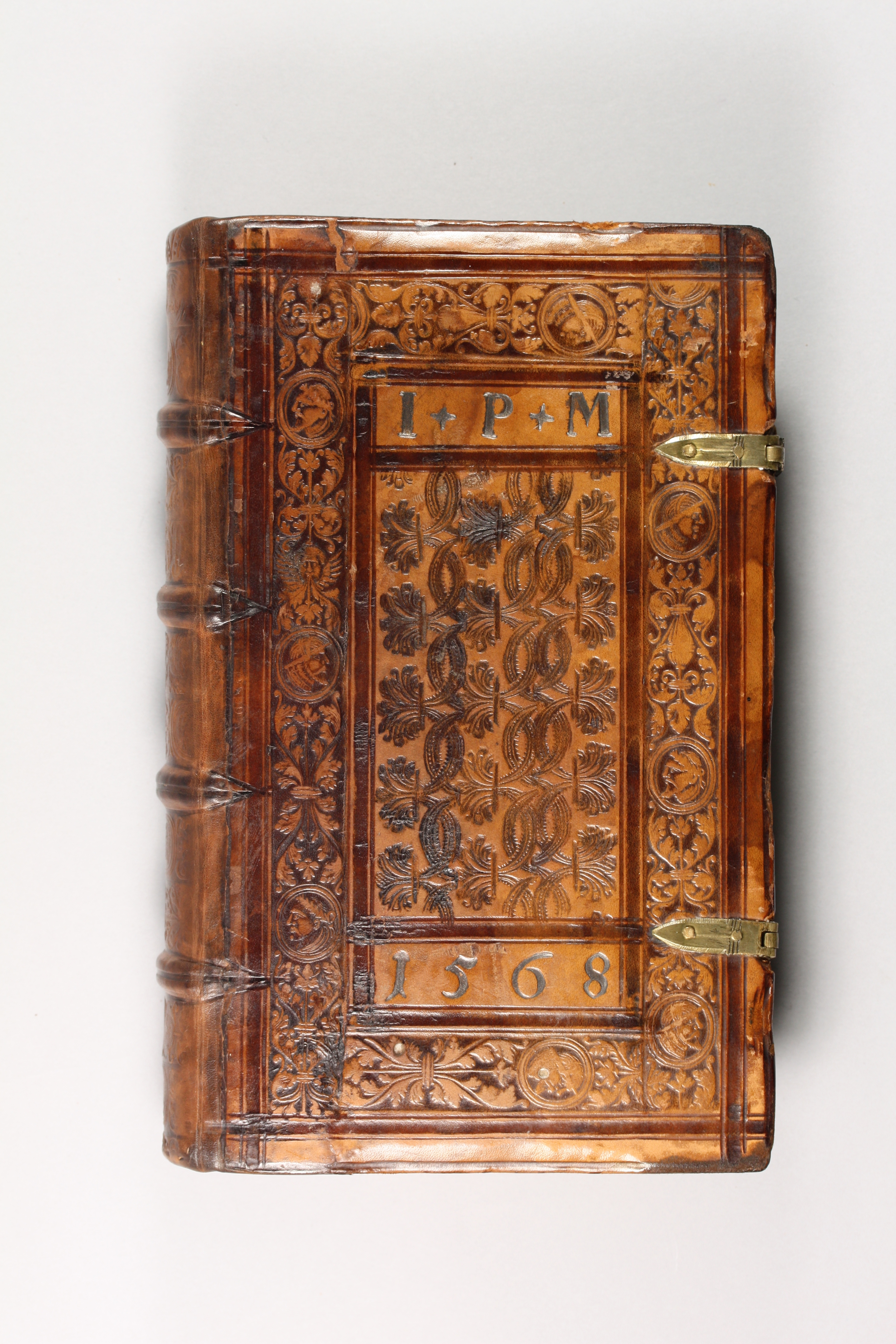
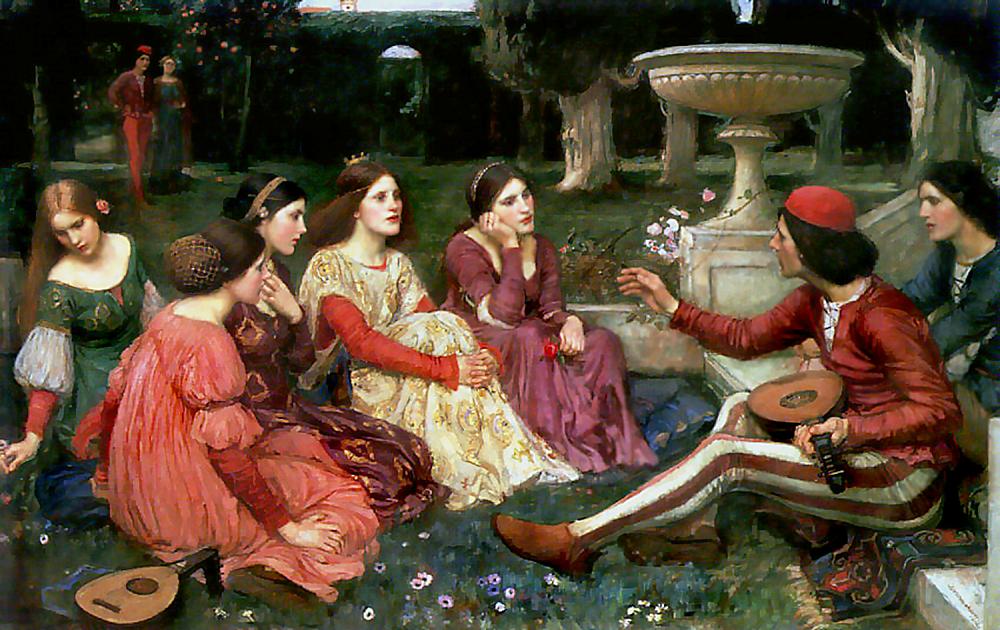
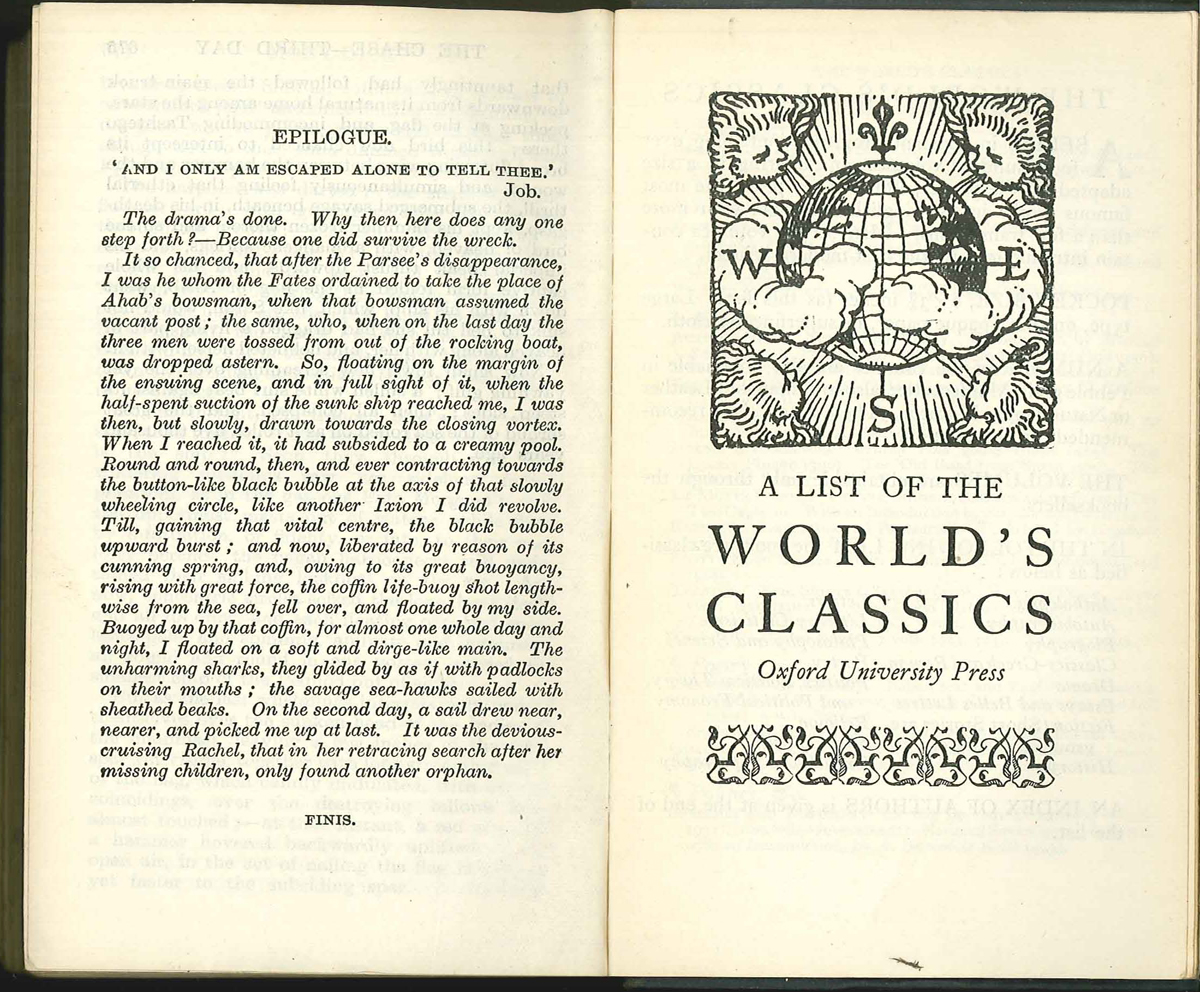

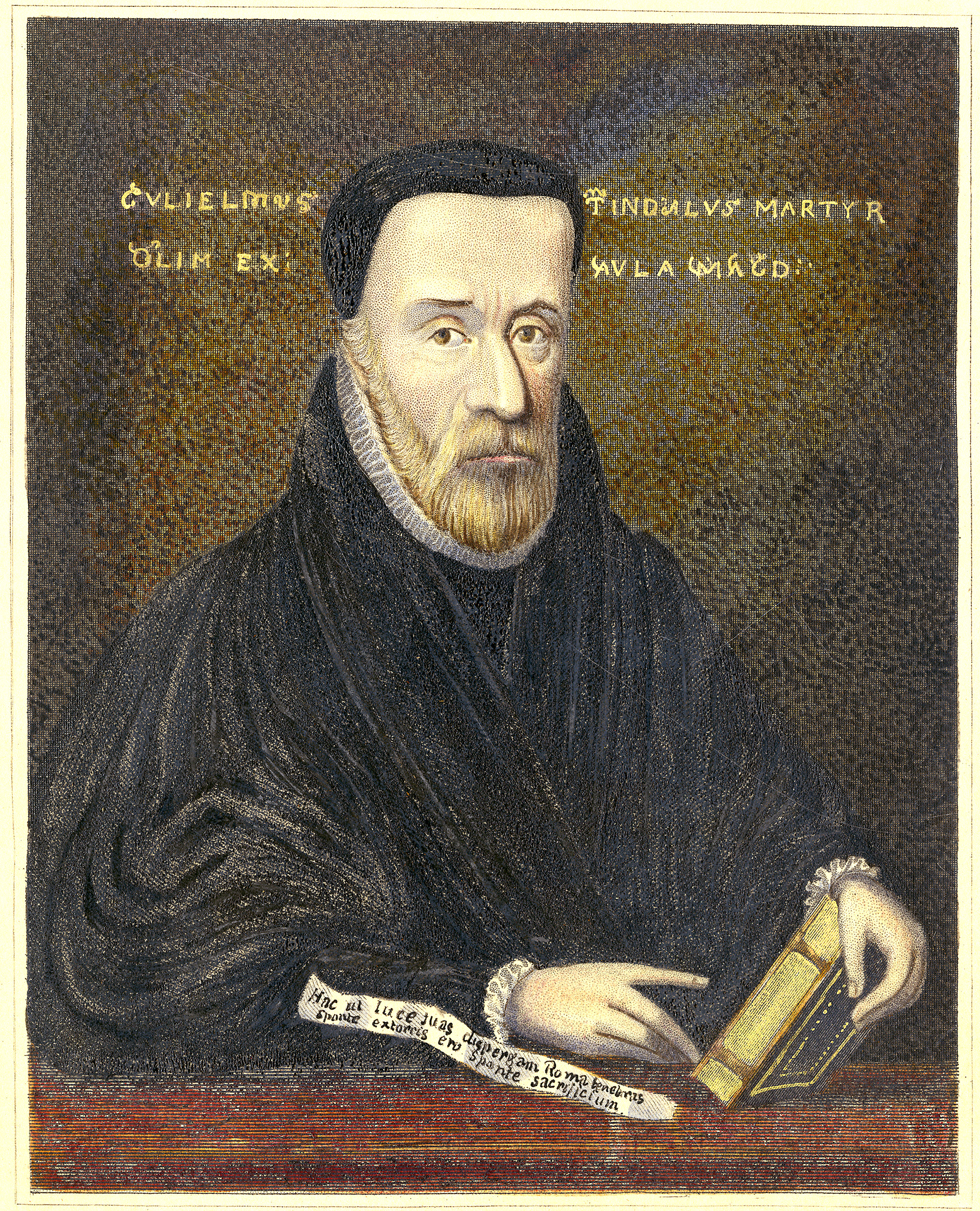
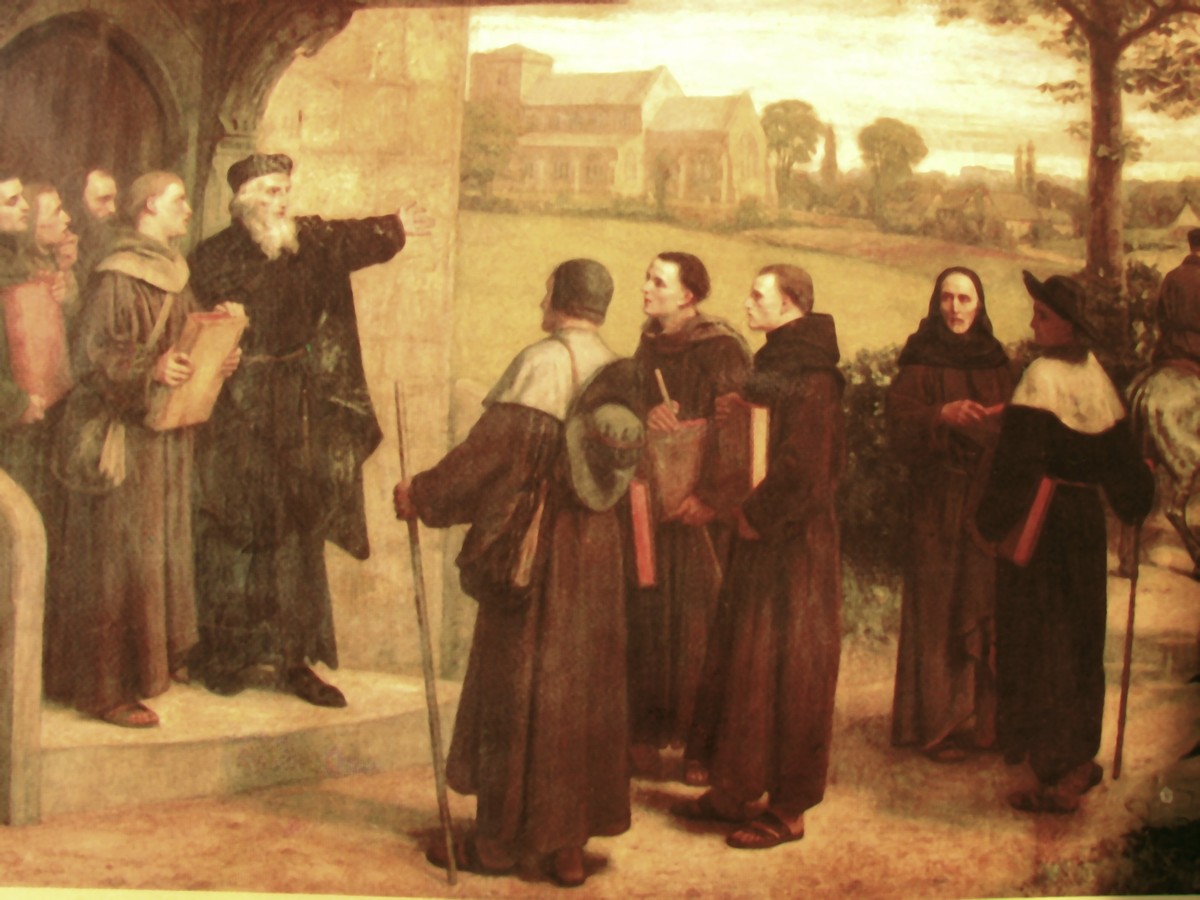
.png)
